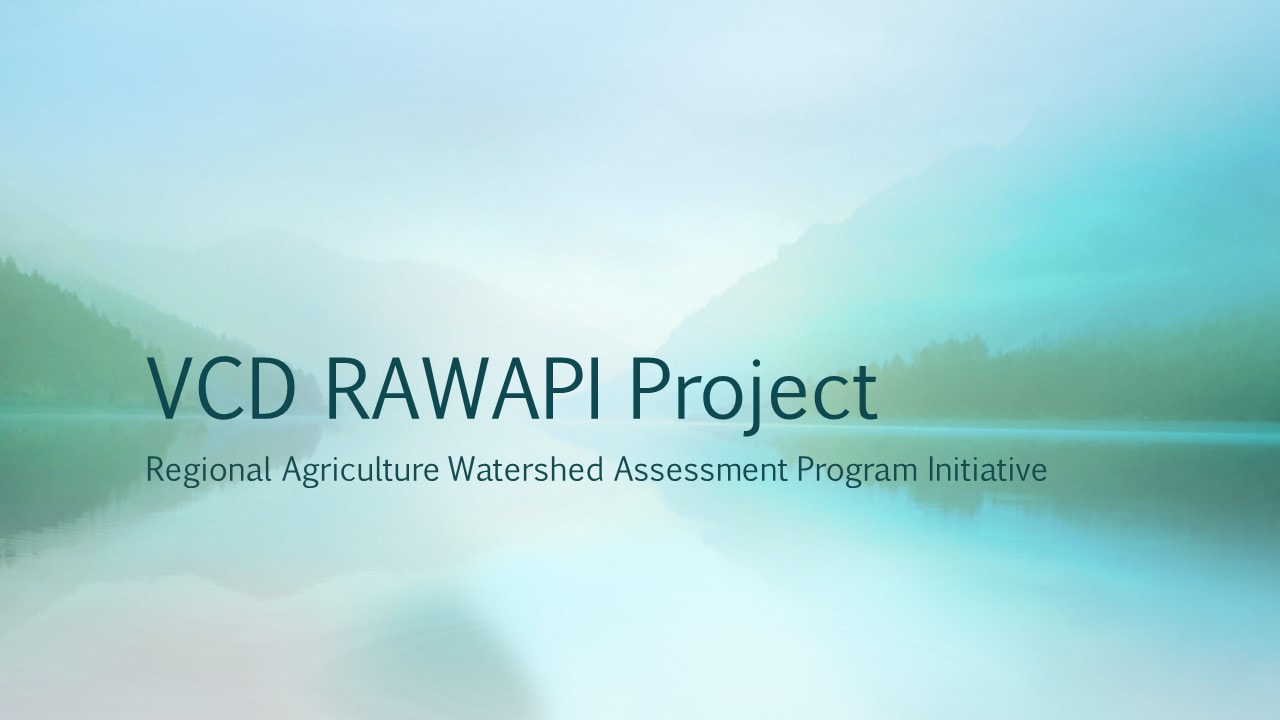In the spring of 2014, a fish kill event at Kahle Lake in Venango and Clarion Counties prompted the Pennsylvania Department of Environmental Protection (DEP) to conduct an evaluation of the watershed. DEP found that excessive nutrients like phosphorous and nitrogen were present in the watershed. They determined that these excessive nutrients were most likely to have caused the fish kill event and that agricultural practices were the most likely contributors to the pollution.
The Pennsylvania DEP Regional Agriculture Watershed Assessment Program Initiative provided funding for watershed impairment improvements in one county in each of the DEP regions in 2014. DEP awarded funding to the Venango Conservation District through this program. The district was tasked with four aspects to correct this pollution problem. The district assessed and identified sources and potential sources of pollution in the Kahle Lake watershed. The district also worked to create corrective plans. The district worked to develop designs and engineering of Best Management Practices on agricultural operations and, through this funding were able to construct practices to reduce the nutrient overloading problem.
The Venango Conservation District was able to accomplish the scope of work outlined by DEP for the initiative. The district was then able to identify three additional agriculturally impaired watersheds in Venango County which could benefit from the same practices. Five agricultural operations were able to take advantage of the funding to construct Best Management Practices to reduce pollution.
This project was a success in large part because the district was able to coordinate with several organizations like DEP, the US Department of Ag Natural Resource Conservation Service, PennDOT, Team Ag and all the operation owners. All of these folks worked together to accomplish the scope of work for this project.
The Pennsylvania DEP Regional Agriculture Watershed Assessment Program Initiative provided funding for watershed impairment improvements in one county in each of the DEP regions in 2014. DEP awarded funding to the Venango Conservation District through this program. The district was tasked with four aspects to correct this pollution problem. The district assessed and identified sources and potential sources of pollution in the Kahle Lake watershed. The district also worked to create corrective plans. The district worked to develop designs and engineering of Best Management Practices on agricultural operations and, through this funding were able to construct practices to reduce the nutrient overloading problem.
The Venango Conservation District was able to accomplish the scope of work outlined by DEP for the initiative. The district was then able to identify three additional agriculturally impaired watersheds in Venango County which could benefit from the same practices. Five agricultural operations were able to take advantage of the funding to construct Best Management Practices to reduce pollution.
This project was a success in large part because the district was able to coordinate with several organizations like DEP, the US Department of Ag Natural Resource Conservation Service, PennDOT, Team Ag and all the operation owners. All of these folks worked together to accomplish the scope of work for this project.
